The most compelling Android devices released each year often fall under Google’s own Nexus brand. Every Nexus phone is launched running the latest version of Android without custom skins and other blemishes, and the hardware you get is typically just as good as other high-end competitors, albeit at a lower price point.
The Nexus 5X is Google’s new mid-range contender, designed alongside the Nexus 6P to be the company’s poster boy for Android 6.0 ‘Marshmallow’. The handset is being manufactured by LG, who has returned to the realm of Nexus devices after developing the much-loved Nexus 5 in 2013. As Google didn’t release a five-inch-class smartphone last year, the 5X is a true successor to the Nexus 5, with many owners of the two-year-old handset eyeing off an upgrade around this time of year.
Starting at $379 for the 16 GB model, the Nexus 5X includes a modest yet decent array of hardware. There’s a 5.2-inch 1080p display on the front, powered by a heat- and power-friendly Snapdragon 808 SoC with 2 GB of RAM. Internally you get a 2,700 mAh battery, and on the back is a large-pixel 12.3-megapixel Sony camera sensor without optical stabilization.
Running stock Android is already a point in the Nexus 5X’s favour, and features like Nexus Imprint help improve the device’s overall package. But just how good is the Nexus 5X as a daily driver, and can it stand out from the pack of great high-end Android handsets?
Starting with the design, and picking up right where the Nexus 5 left off, the 5X has a fairly plain and uninteresting build that predominantly features matte plastic. The entire back panel is a single, uninterrupted piece of plastic that curves slightly into a metal rim via a small but noticeable seam. The front, as with pretty much every smartphone on the market, features a display covered top-to-bottom with smooth, protective Gorilla Glass 3.
The most unremarkable aspect of the Nexus 5X is the front, and without looking at the prominent ‘Nexus’ logo on the back, you could easily mistake this handset for a generic low-cost Chinese device. There’s a fair bit of bezel around the edges of the display, noticeably more than LG’s flagship G4, which makes the 5X’s screen feel more padded than it needs to be. Above and below the display are two bland speaker grills: the top is for calls, and the bottom provides a front-facing speaker.
Disappointingly, the Nexus 5X only features a single front-facing speaker despite having two speaker grills, which sees the handset fall behind stereo devices like the Xperia Z5 and HTC One M9. That said, I’d take the single front speaker over a bottom- or rear-firing speaker any day, and although the sound quality it produces isn’t great, it does the job just fine.
The Nexus 5X does have a notification LED on the front, hidden in the center of the bottom speaker grill. Oddly, Google (or LG) has decided to disable the light by default, so to get the LED to illuminate when you receive a notification, you’ll need to head into the notification settings and turn it on.
The smooth, matte plastic LG has used for the rear of the Nexus 5X feels decent, but not nearly as premium as other metal/glass backs we’re seeing more frequently on high-end devices. The black model I received to review is a bit of a fingerprint magnet, though I like the way it curves and the handset as a whole feels quite comfortable in your hand.
Aside from the large Nexus logo, the rear of the 5X features a camera bump supporting a large lens unit. The bump is sure to irritate some users who prefer flat phones, and there are concerns over how easily the lens will get scratched. However, I don’t mind the mesa-like bump, and it does add some interest to the rear panel.
Below the camera bump is the Nexus 5X’s fingerprint sensor, also known as ‘Nexus Imprint’. Rather than putting the sensor on the front of the handset (like the Galaxy S6 and iPhone 6s) or the side (like the Xperia Z5), Google has opted for the rear, and in my eyes this makes perfect sense. Sometimes reaching for the button on the front is inconvenient, and I never got my finger positioning consistently correct for accurate use of the Z5’s side sensor, so the back – in a position where your finger naturally falls while holding the phone – is a great choice.
The sensor itself is extremely fast and very accurate, easily blowing away every other Android fingerprint sensor I’ve used. Tap the sensor once with your registered finger, and 99% of the time the phone will near-instantaneously unlock: exactly what you want to see from a phone security system. Apple’s Touch ID has a very slight speed edge over Nexus Imprint, but the more convenient positioning of the Nexus 5X’s fingerprint sensor makes Google’s overall experience superior.
The edges of the Nexus 5X are a simple affair. The power button is positioned conveniently on the right edge, although you’ll mostly be powering on the device via Nexus Imprint. The volume rocker is located below the power button in a way that’s not annoying, and both buttons have a good tactile feel. Along the bottom edges is a USB Type-C port and a 3.5mm audio jack.
I appreciate the use of USB Type-C on the Nexus 5X, and although the technology is still in its infancy, over the next few years the amount of Type-C devices is going to explode. The reversible connector is undeniably convenient, though it’s a bit disappointing LG has only given the port USB 2.0 speeds (not USB 3.0, which Type-C also supports).
Oddly, the Nexus 5X ships with a Type-C to Type-C cable, and a charger that only has a Type-C port on it. If you want to plug this smartphone into basically any computer (save for a small handful) to access photos or other data, you’ll need to fork out for your own USB-A to USB-C cable.
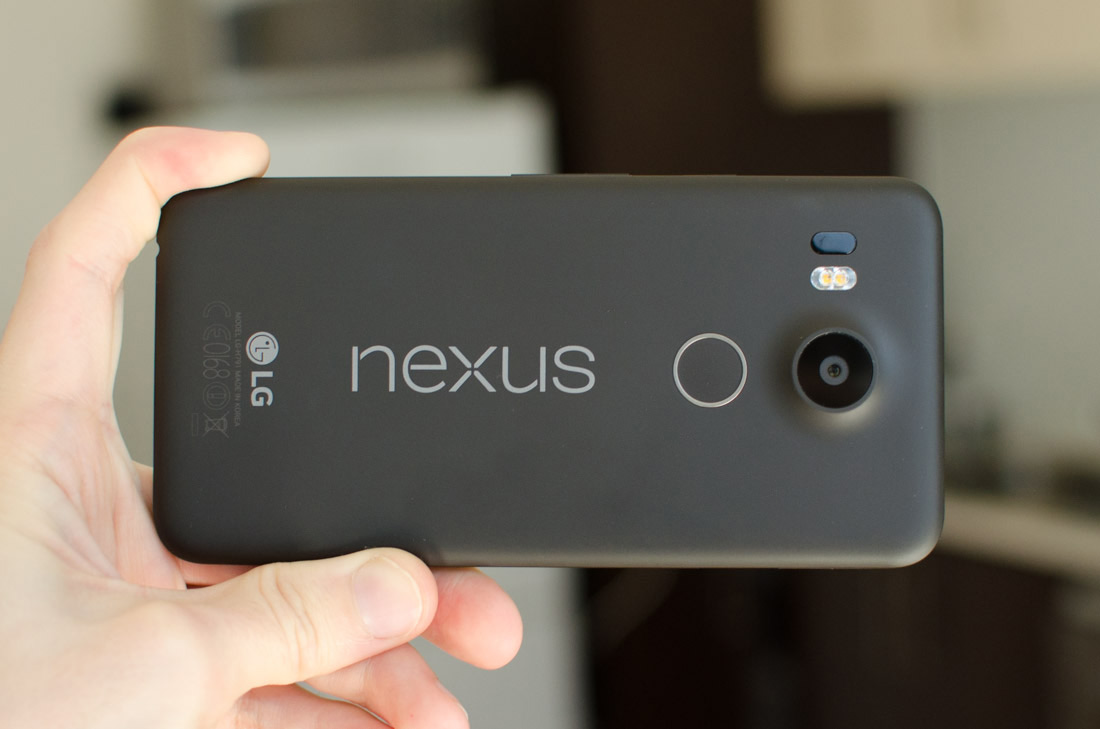
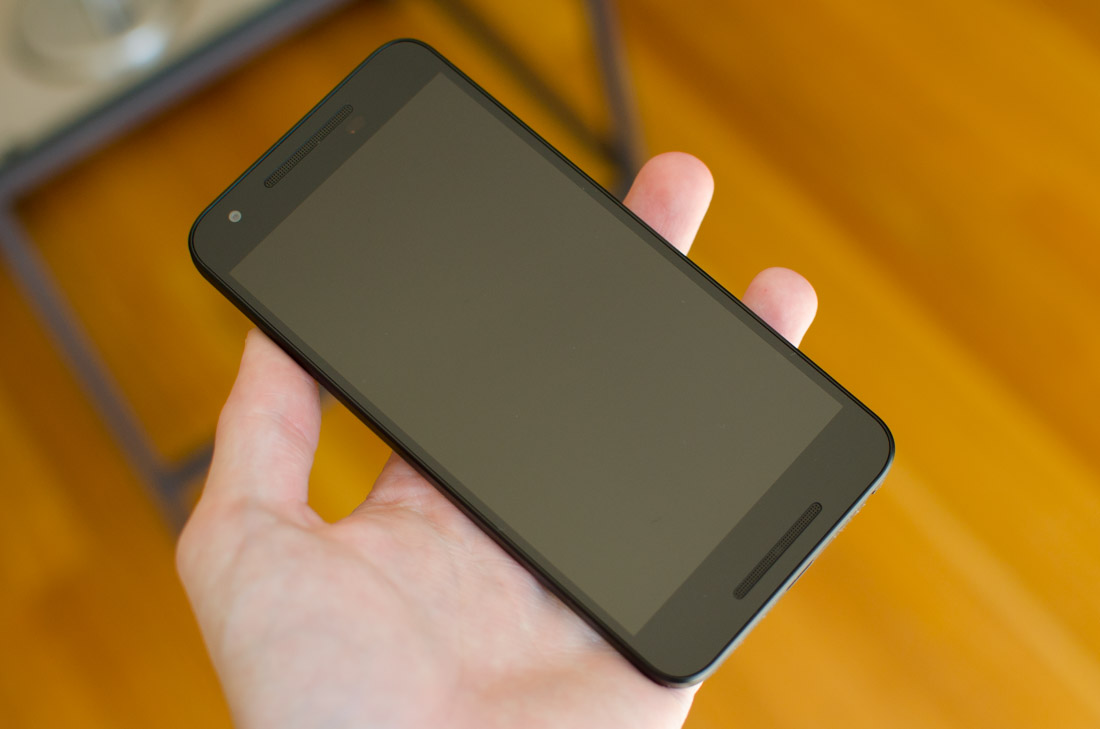
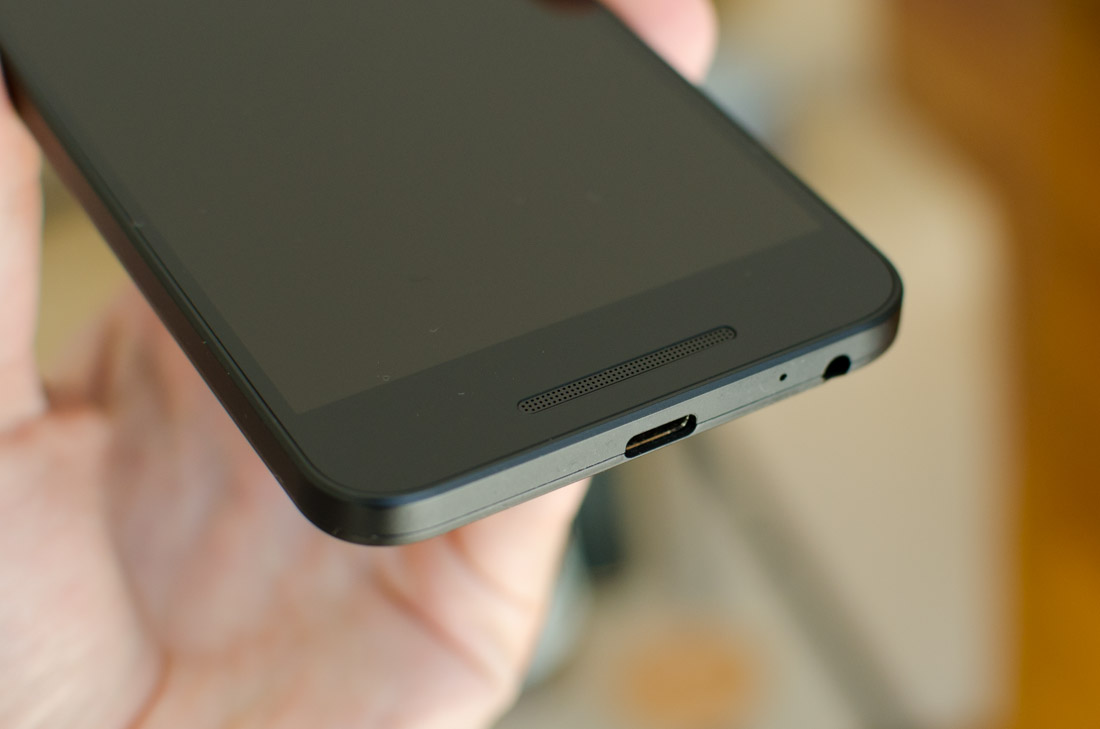

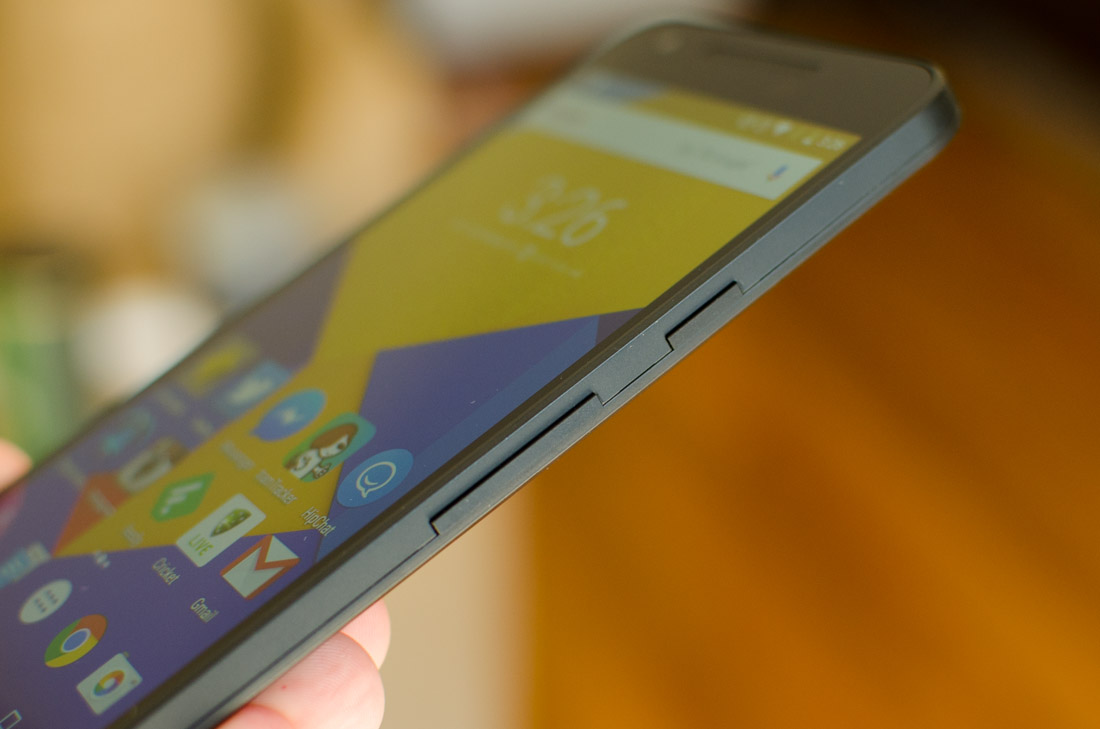


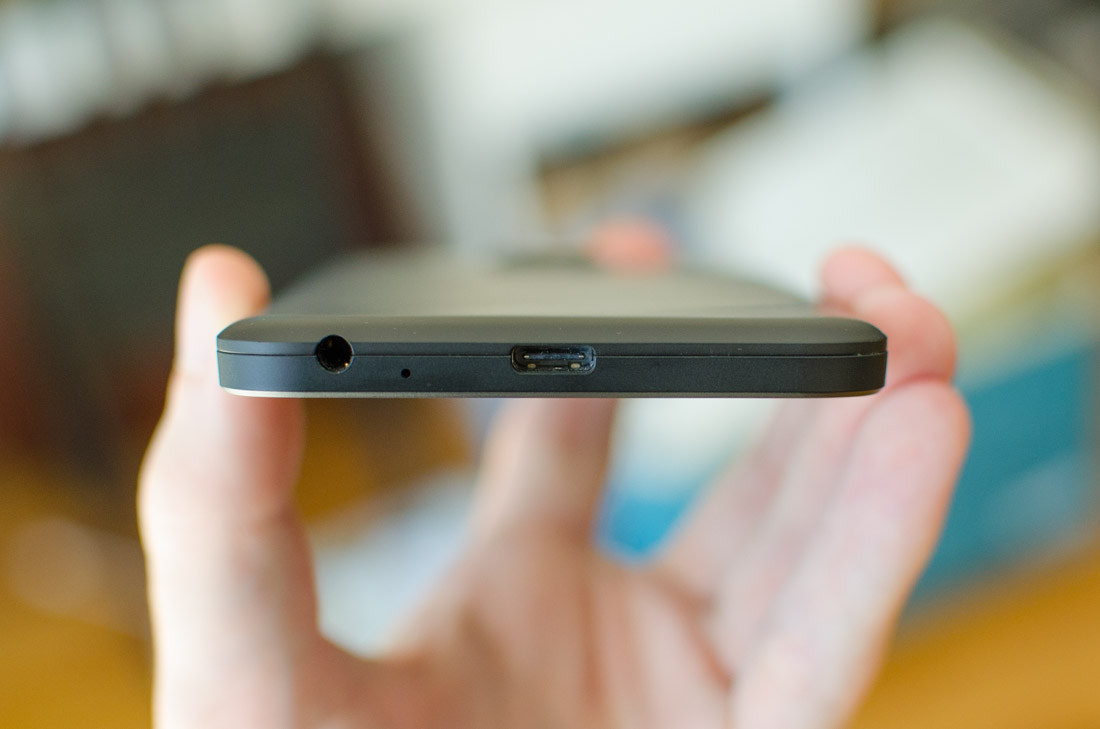
No comments:
Post a Comment